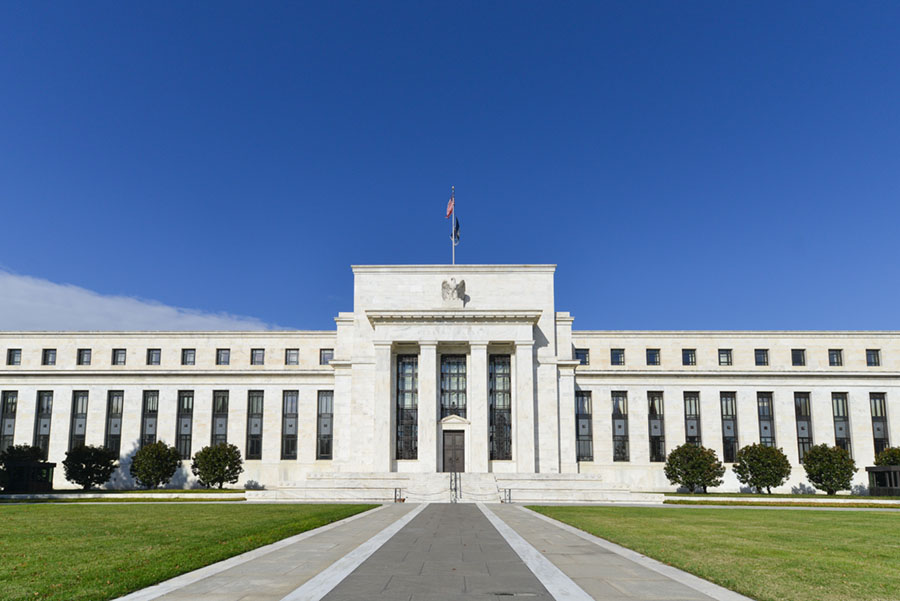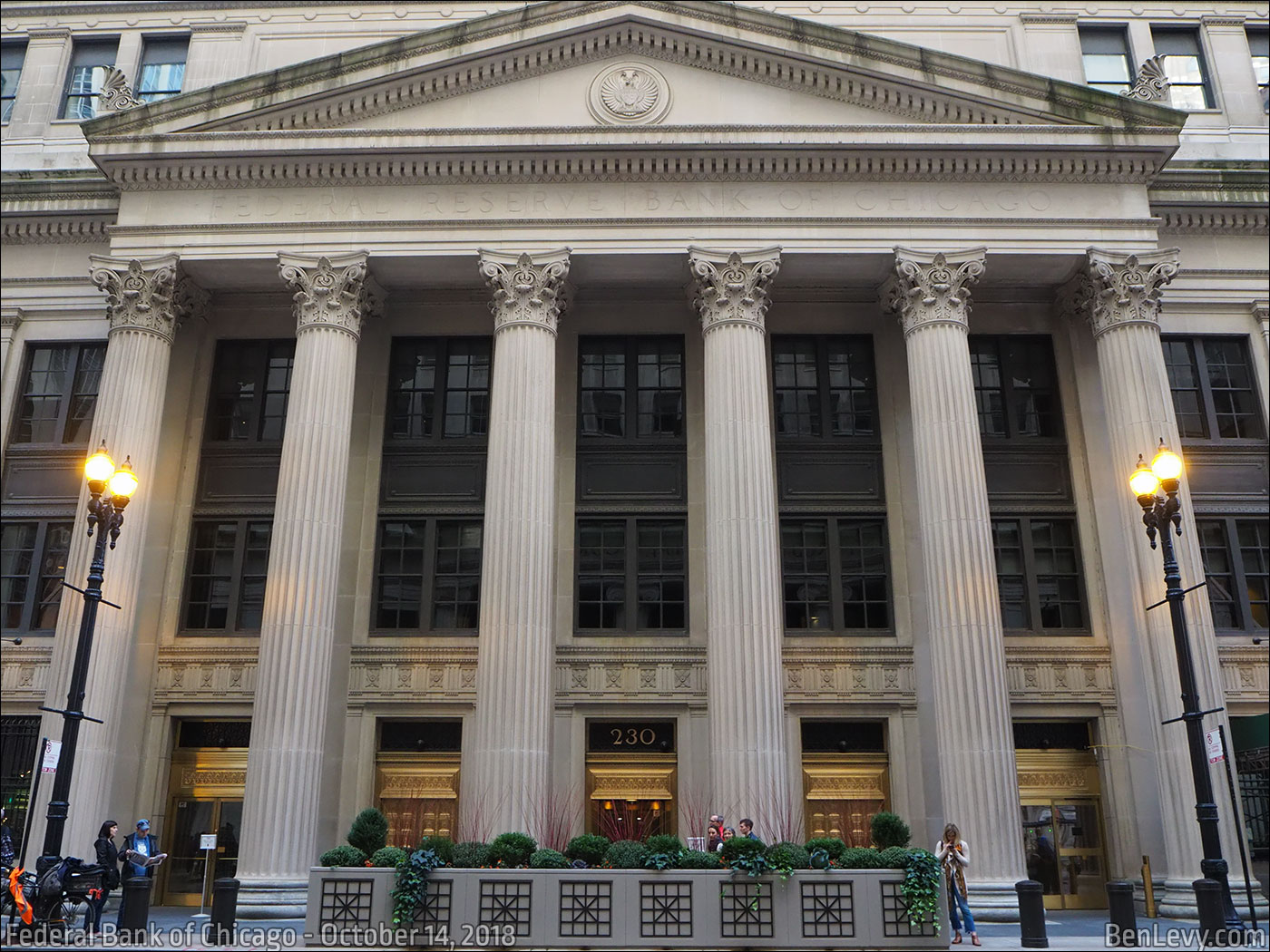

Only two quasi-governmental banks were allowed to establish interstate branches in this period, the First United States Bank (1791-1811) and the Second United States Bank (1816-1836). It also will be shown that even though Canadian banks were allowed more freedom of action, the few restraints that did exist led the Canadian government to intervene further into banking to undo the harm that otherwise would not have existed. Restrictions on banknote issuance, severe limits on branching, and regulations forcing banks to hold useless, idle cash reserves made the American banking system vulnerable to panics while other nations, such as Canada, avoided these crises. The purpose of this paper is to show that it was only government interference into banking before 1914 that prevented the U.S.

Even though the Federal Reserve did not prevent the Great Depression, and even though it has permitted substantial inflation since World War II, many observers still believe that some Federal control over private banking is needed to prevent the bank suspensions and failures that brought such instability to the economy in the pre-1914 years.

After several years of study and debate, Congress passed the Federal Reserve Act in December 1913. during the 19th and early 20th centuries led Congress to establish the National Monetary Commission in 1908 to study the problem and recommend a solution. The recurring financial panics in the U.S.


 0 kommentar(er)
0 kommentar(er)
